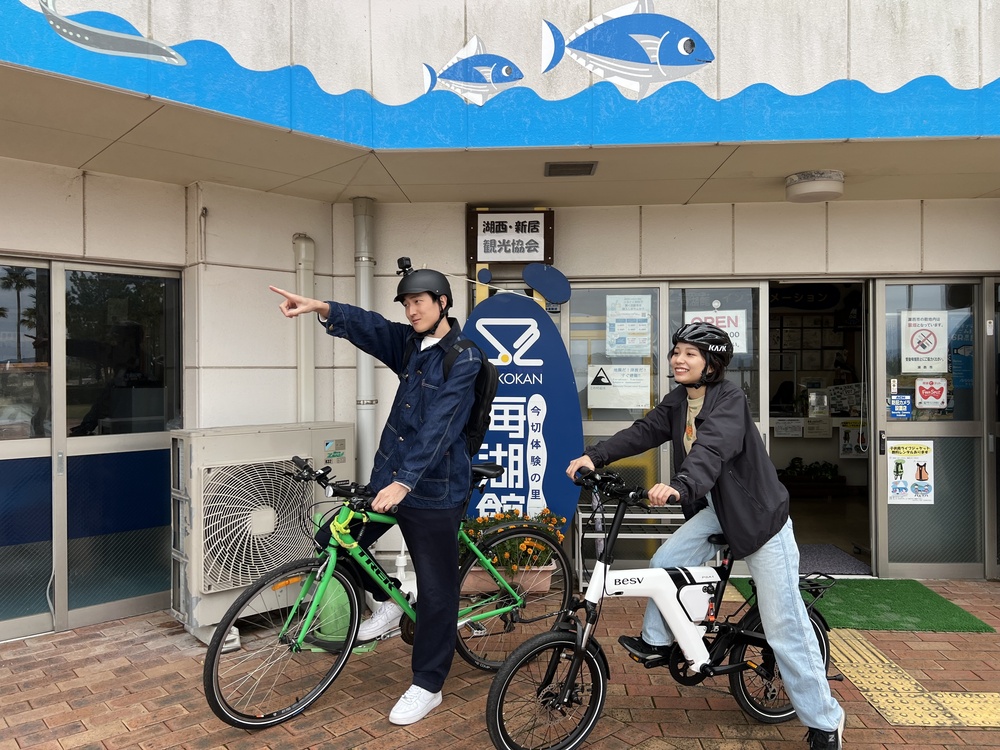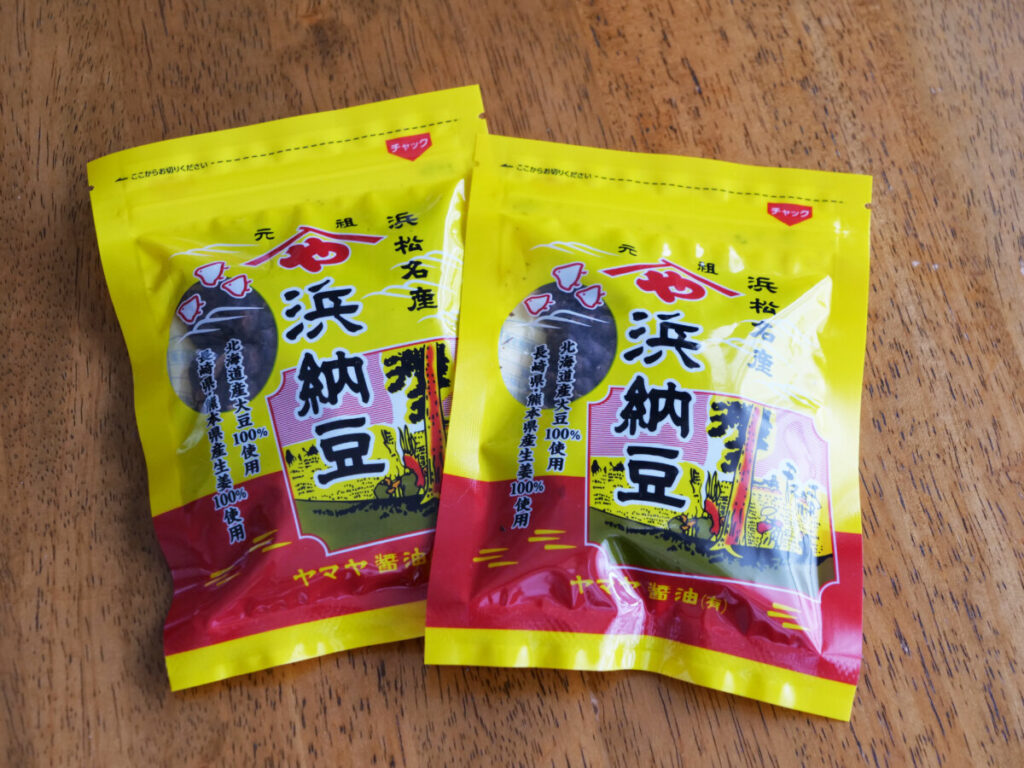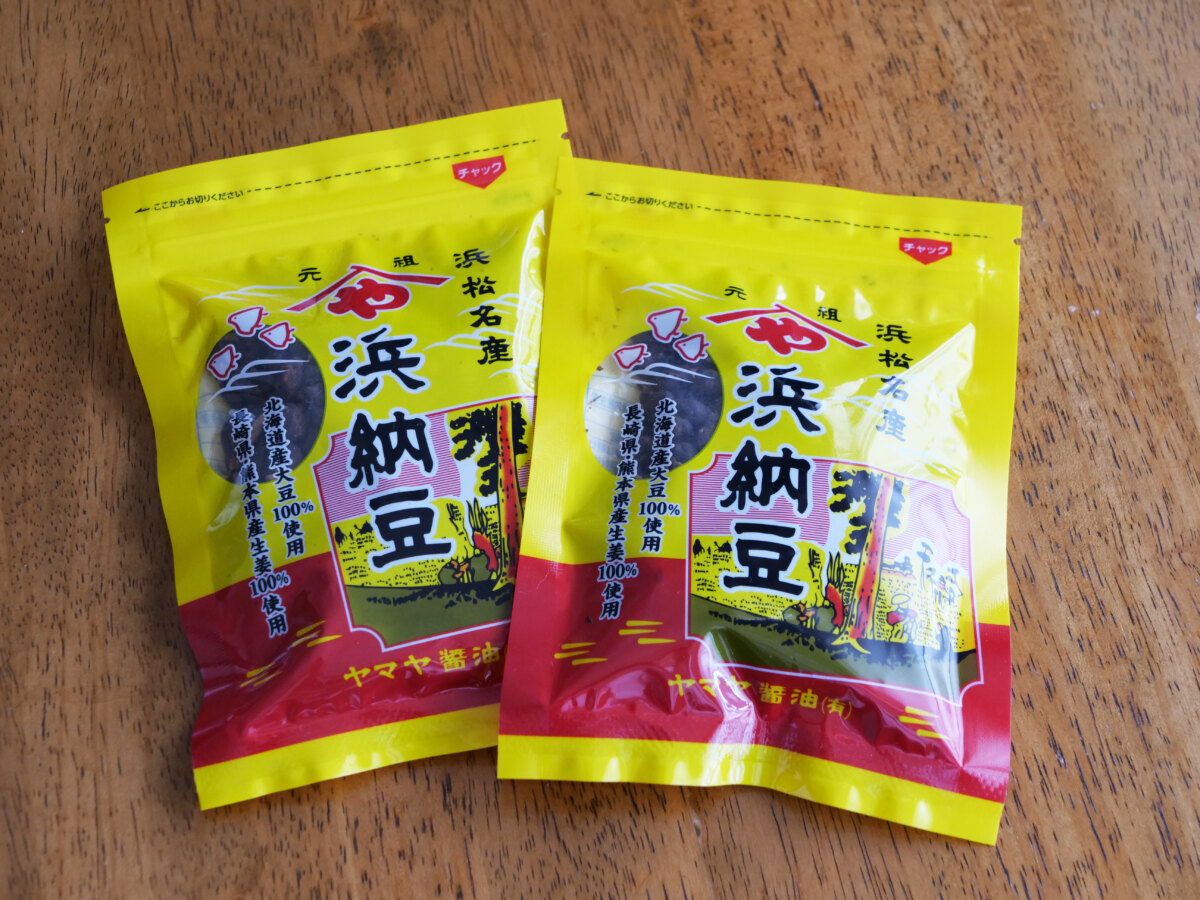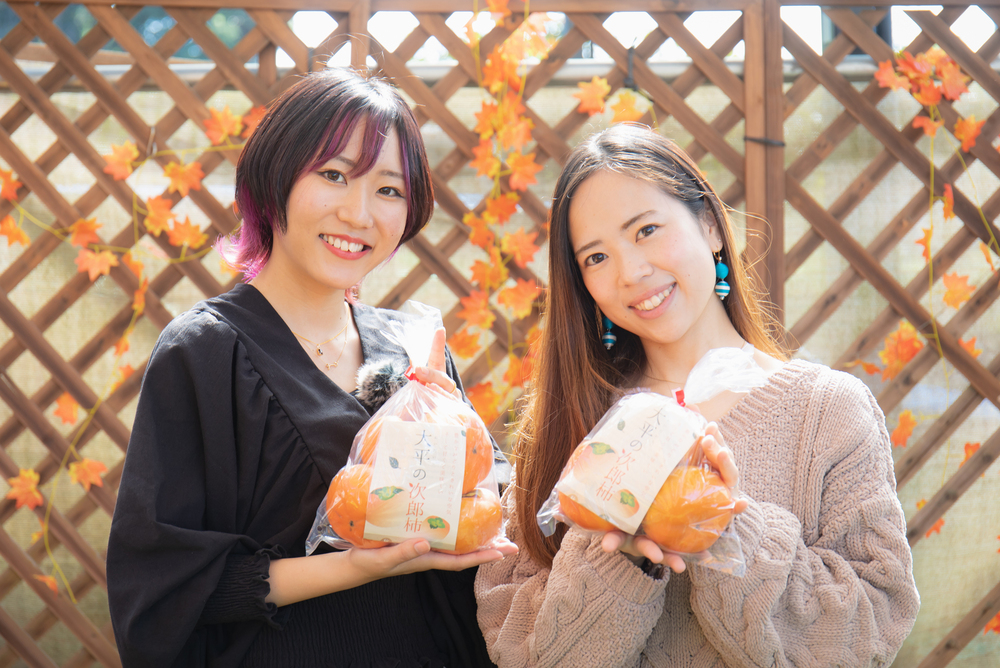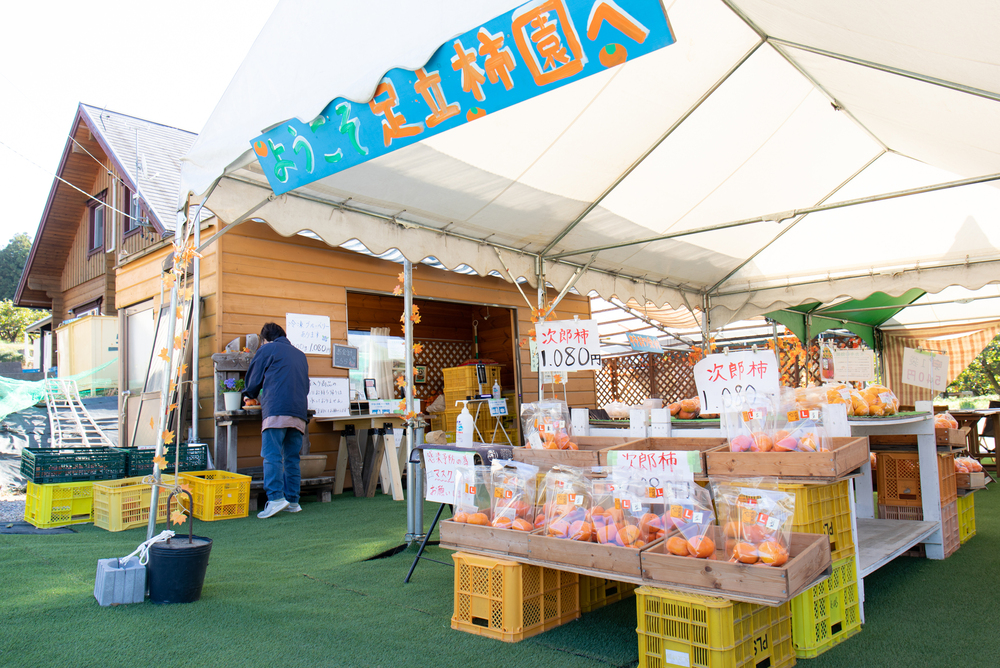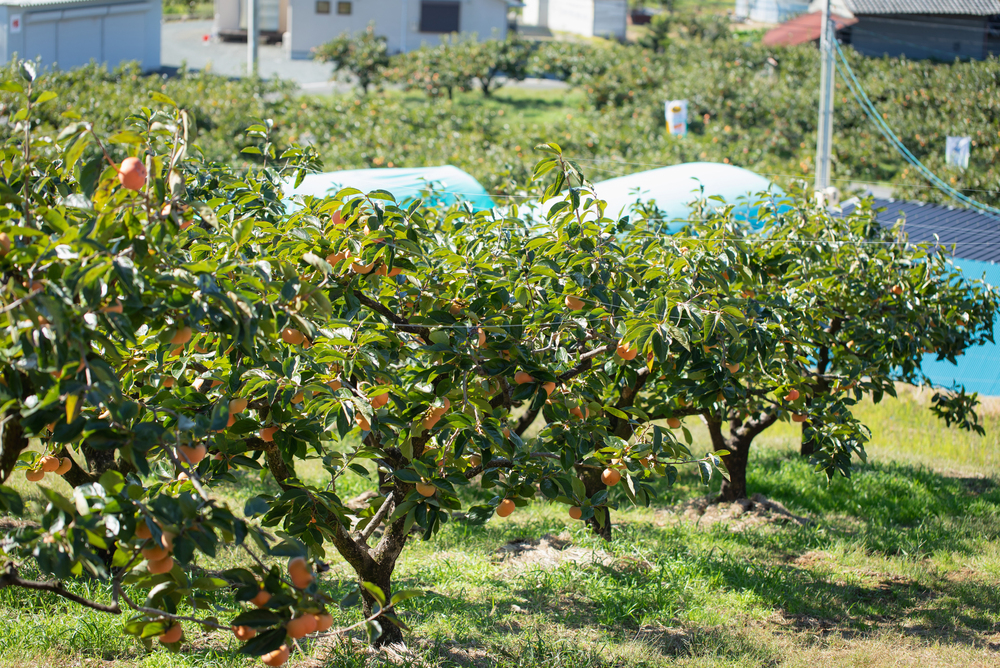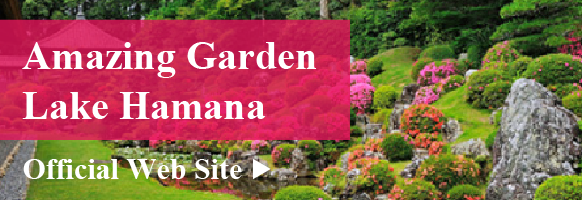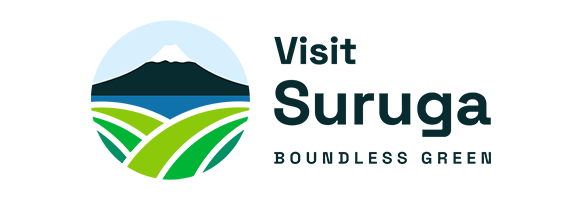Get to Know Hamamatsu
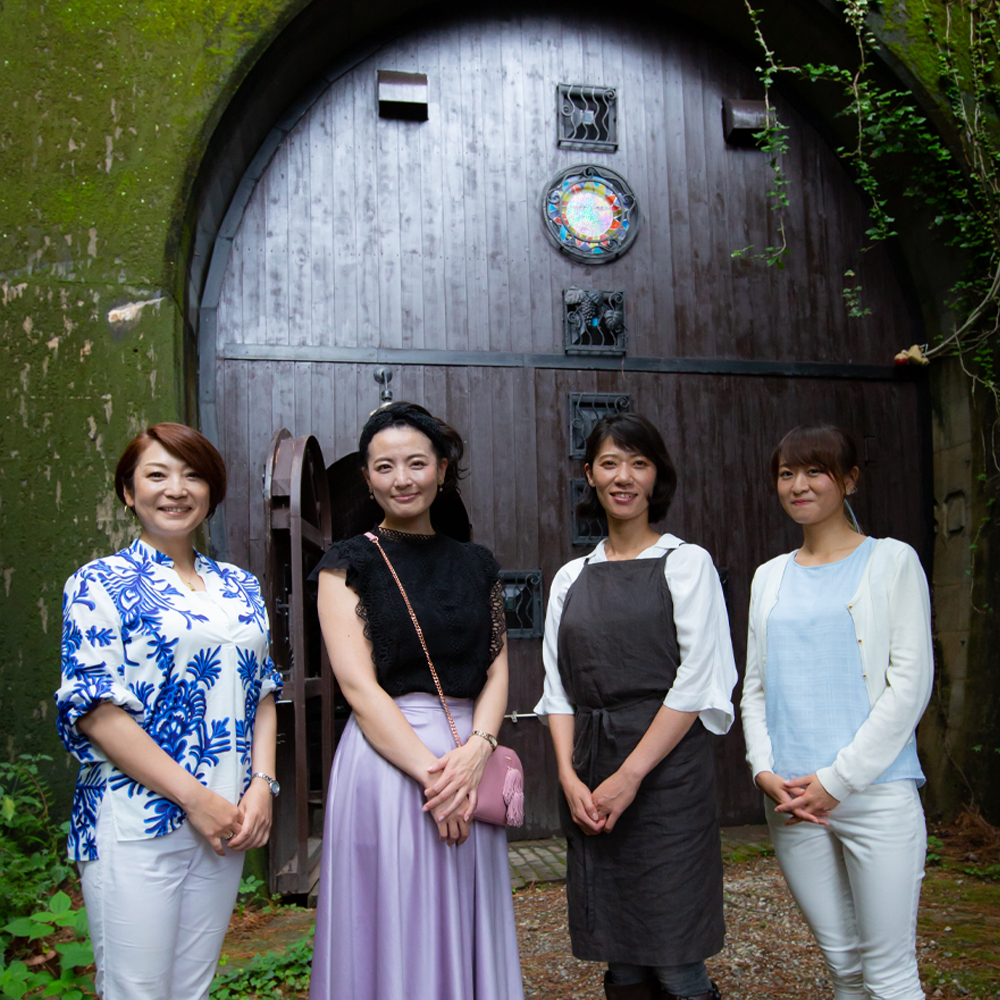
- Eat
A Feast of Aged Sake and French Cuisine: Tasting a New Project That Redefines Shizuoka’s Local Sake
In Tenryu Ward, Hamamatsu City, there is a 100% natural wine cellar made from a reused unfinished railway tunnel. The entrance to the cellar that suddenly appears in the midst of the great nature of Tenryu has a mystical atmosphere that makes you feel like you have wandered into the world of a story. “Hamamatsu Wine Cellar” is a place only known among wine lovers. .
I heard that a new initiative was being taken at this facility, and on that day I visited it with freelance announcer Minori Konuma, Umi no Lake HAMANA Jenne, Ogawa Ayano, and Okubo Yuna.
“Hamamatsu Wine Cellar''
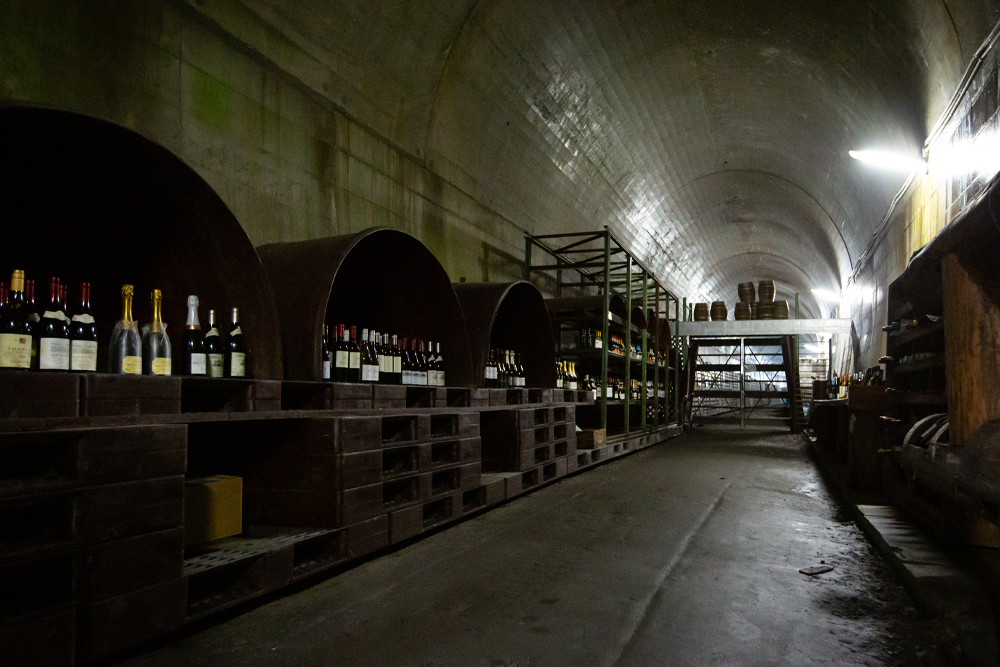
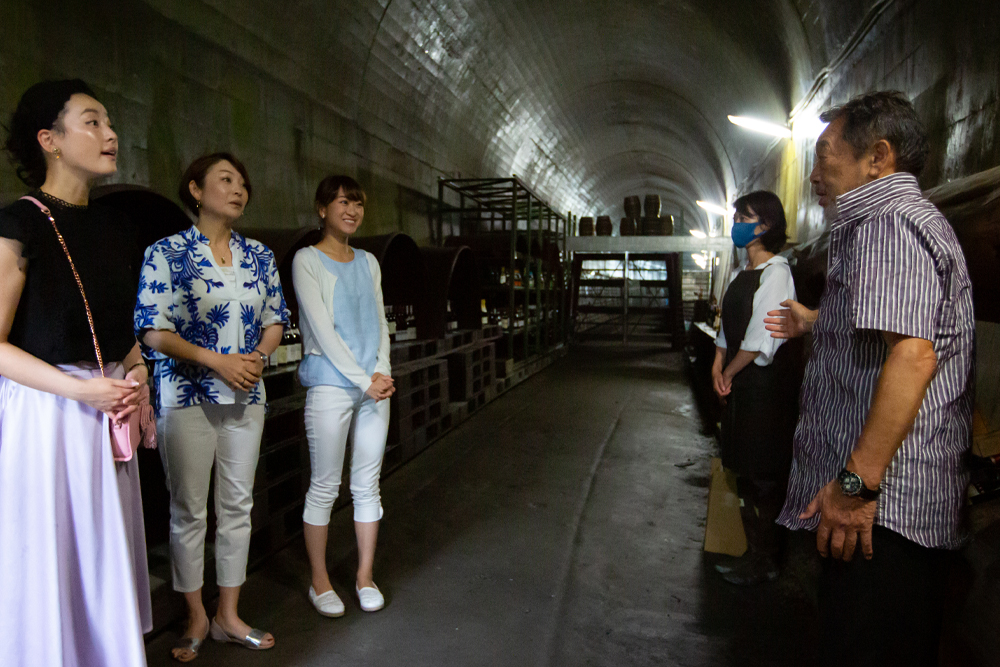
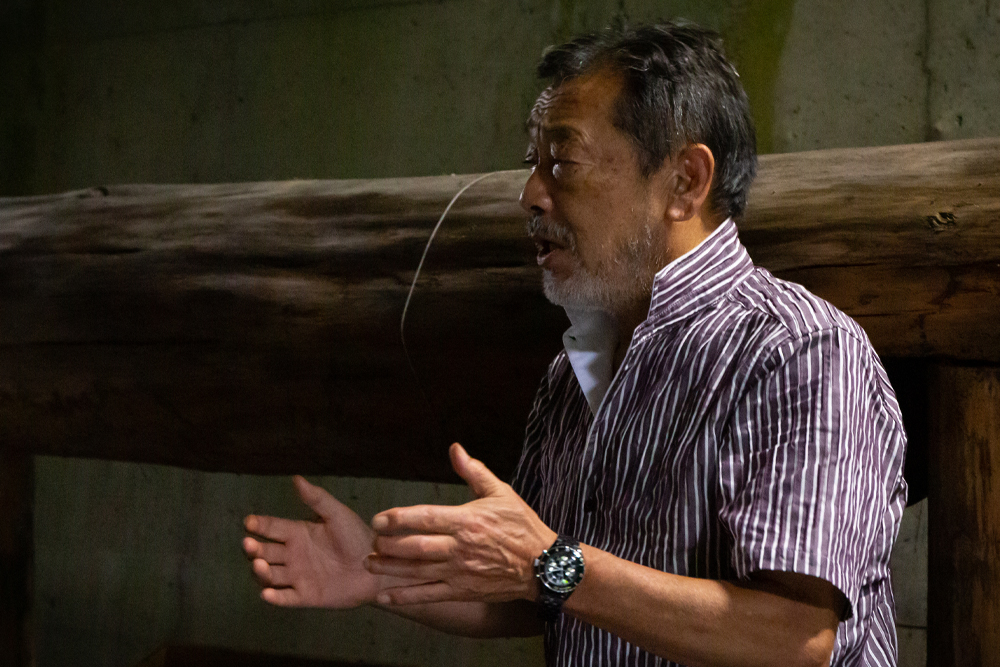
Hamamatsu Wine Cellar Owner Mr. Rokujiro Yamamoto
Mr. Rokujiro Yamamoto, the owner of the wine cellar, who greeted us, told us about the origins of the cellar, and when we entered the room, we found a cool space of about 16 degrees Celsius, comfortable humidity, and a feeling of a different world, even though it was July. There was silence. A natural refrigerator with shelves for storing wine on both sides of the endless tunnel caused many visitors to exclaim in surprise and anticipation.
As I got more and more excited after listening to Mr. Yamamoto’s fun story, the woman who guided me further into the cellar was Mrs. Saeko Shinba. The reason I visited this place this time was to experience a new sake project launched by Mrs. Saeko Shinba. This person is the wife of the chief brewer who is in charge of making sake at Doi Sake Brewery in Kakegawa, which is famous for its sake called Kaiun.
Mrs. Shinba, who is well-versed in sake, has devised an initiative to store and age Shizuoka’s local sake in this natural wine cellar. Aging sake in a wine cellar. The members seemed unable to understand just by listening. First of all, let me show you the scene…
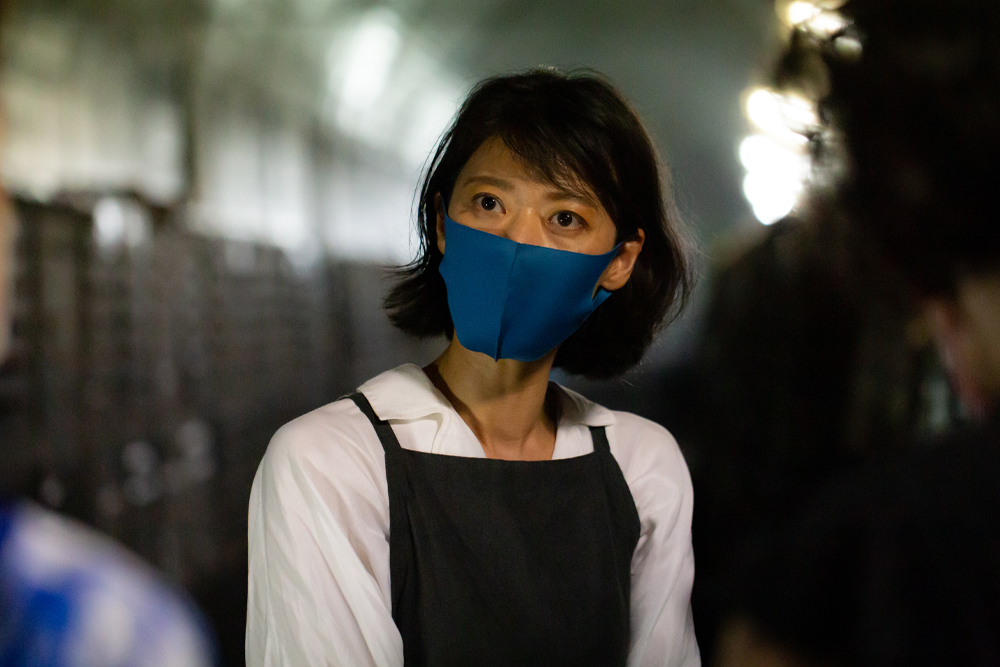
Mrs. Saeko Shinba
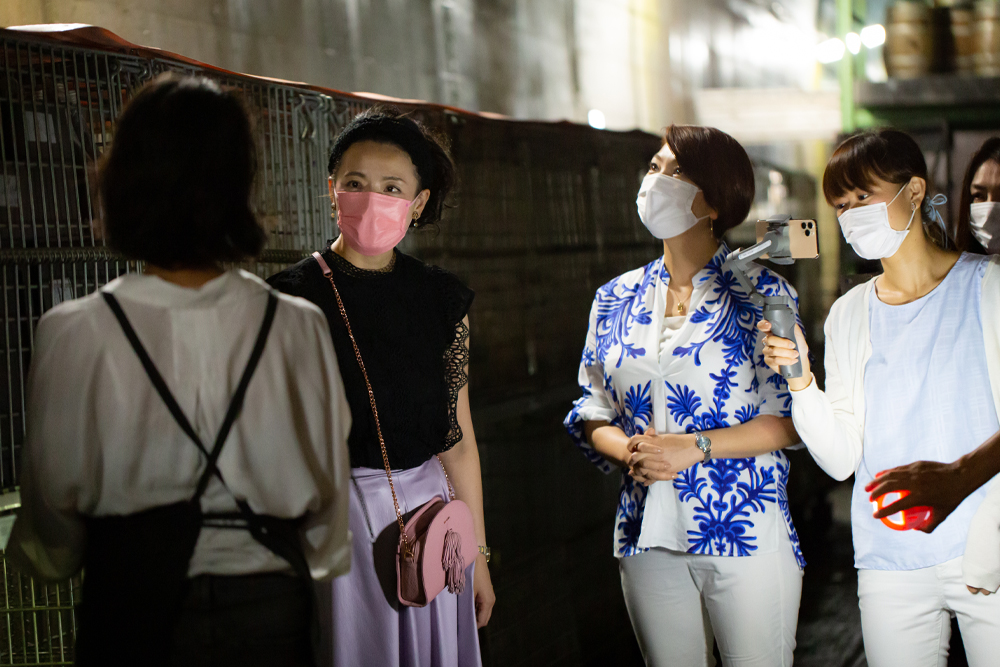
As I walked deeper into the wine cellar, Mrs. Shinba stopped. Inside the shelves, which looked different from the others, were numerous sake bottles and small barrels. Mrs. Shinba begins speaking in an easy-to-understand manner to the reporters, who don’t have much knowledge about the aging of sake itself. In Japan, there has been a culture of aging sake for a long time, but in modern times, the emphasis is on promoting the freshness of raw sake rather than aging it. However, Mrs. Shinba has doubts about the direction of creating a uniform way to enjoy sake, so he is taking on the challenge of creating new possibilities for Shizuoka’s local sake. Although there are differences depending on the period and type, it is said that when sake is aged, it becomes a beautiful amber color, and some sake has a mellow texture and a wide range of flavors. Things that are commonplace with wine and champagne are not done with sake. Just hearing the story piques my interest and tickles my desire to taste it.

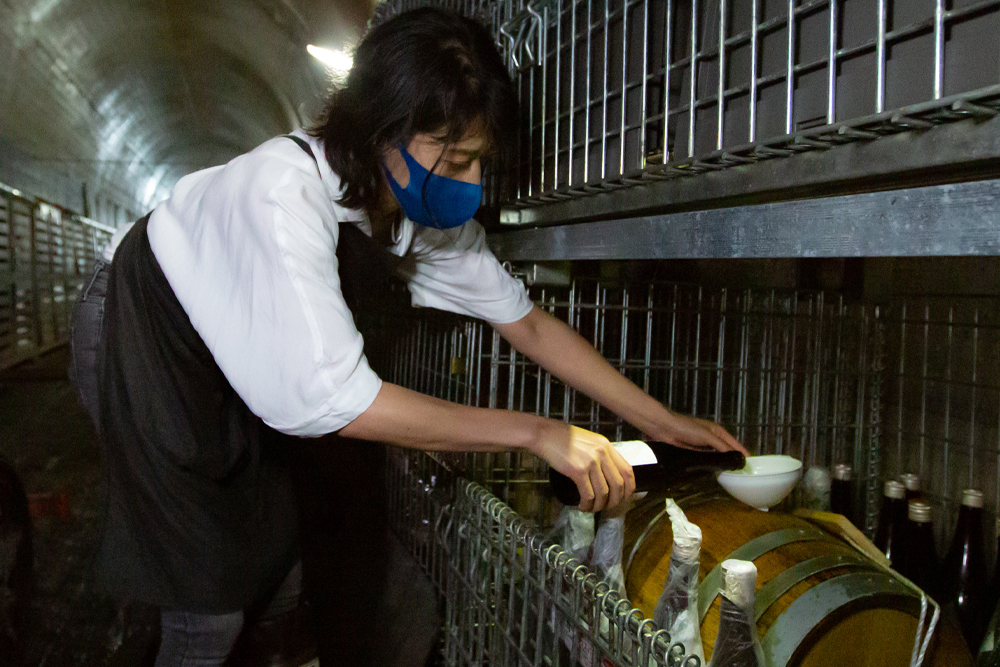
What he also introduced me to was the wine barrels placed on the shelves. I was surprised to hear that this one also contains sake. We experimented by pouring Japanese sake into barrels that had previously been used to store wine to see what kind of flavor it would produce, and this one, in which we poured the good luck sake, was “a surprising change that we hadn’t expected,” says Mrs. Shinba. I showed it to them and it turned out to be very satisfying.” The reporters cheered when they were told that they would be allowed to sample it afterward.
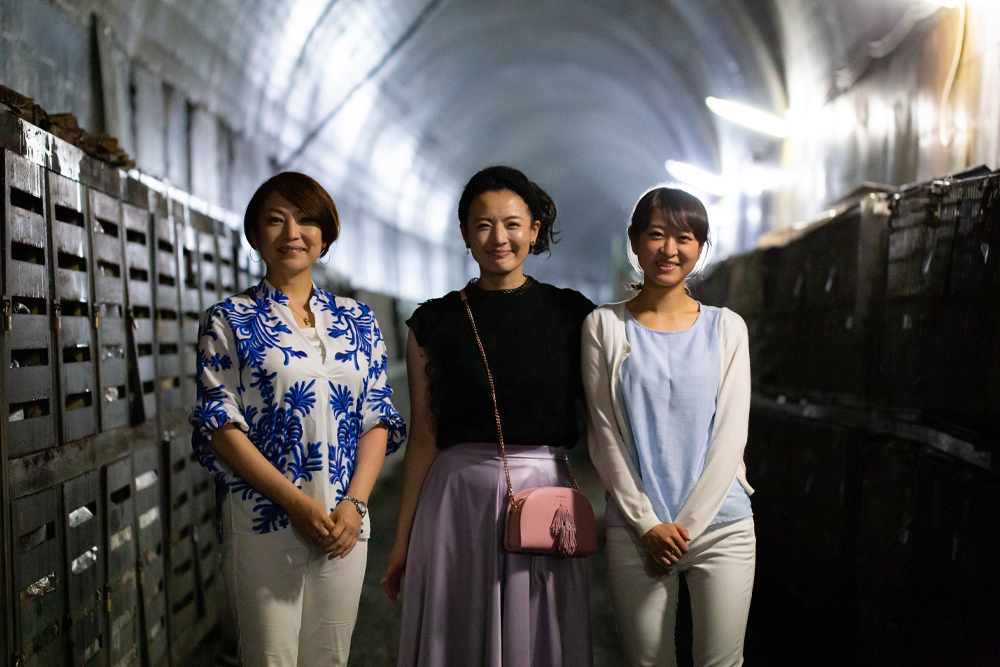

Tasting time outside the wine cellar! This time, we had a special opportunity to compare the sake with unaged sake. When you taste sake aged in wine barrels, its aroma spreads in your mouth. You can feel the natural aroma of the barrel and the slight flavor of wine, and in a good way, it doesn’t feel like Japanese sake. When comparing it to the original alcoholic drink, comments such as “It’s easier to drink” and “It’s changed so much” are heard.
This aged sake was named the Tsukiyomi series, likening the aging process of alcohol to the waxing and waning of the moon. You can feel Mrs. Shinba’s commitment to the brand,
I was able to realize once again that this is an initiative that can be reborn into a completely new product by aging it. I would also like to pay attention to other products in the series.
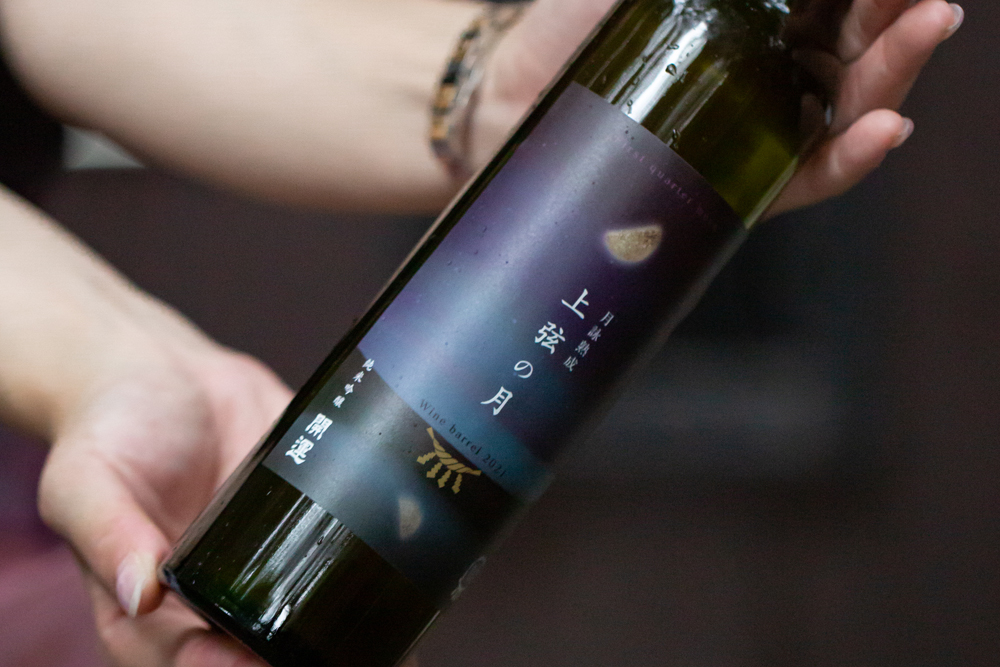
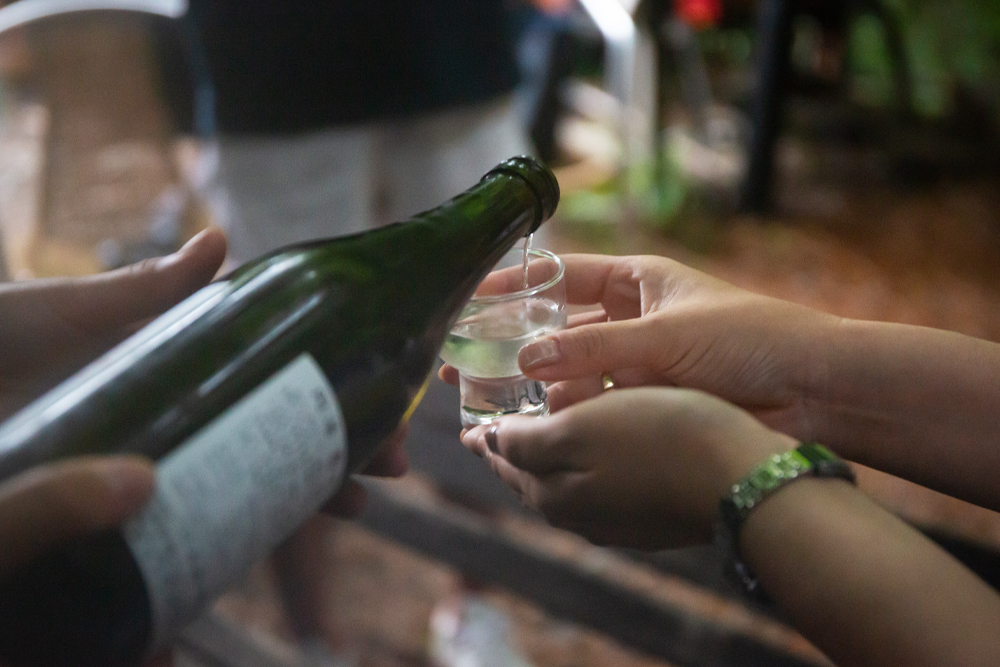
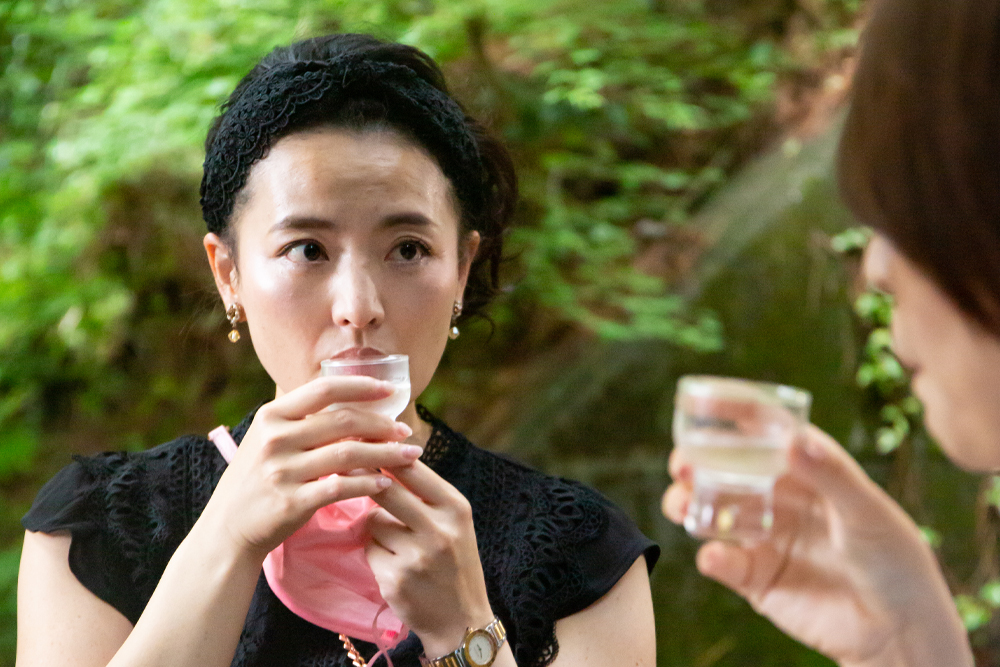
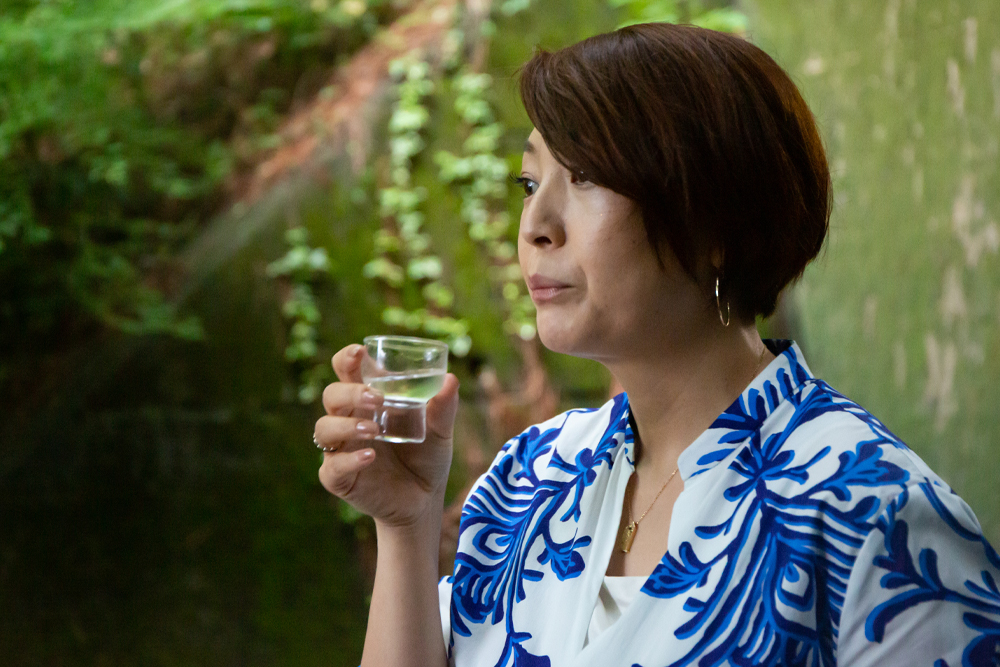
On this day, I was able to not only sample but also experience the marriage of aged sake and food.
This project is currently being implemented through crowdfunding. It has an attractive content that allows you to enjoy a combination of course meals from The Oriental Terrace and sake aged in wine barrels.
As Mr. Shinba says, “Aging sake pairs well with Western food, and is popular with French and Italian chefs.”This sake aged in wine barrels is made by Chef Maekawa of The Oriental Terrace. has also received high praise. I was able to taste a number of different dishes here.
Shizuoka Prefecture Sake Research Association
Crowdfunding (held until July 30, 2021)
「https://www.makuake.com/project/sake-labo/」
Official site https://sake-labo.jp
"The Oriental Terrace"
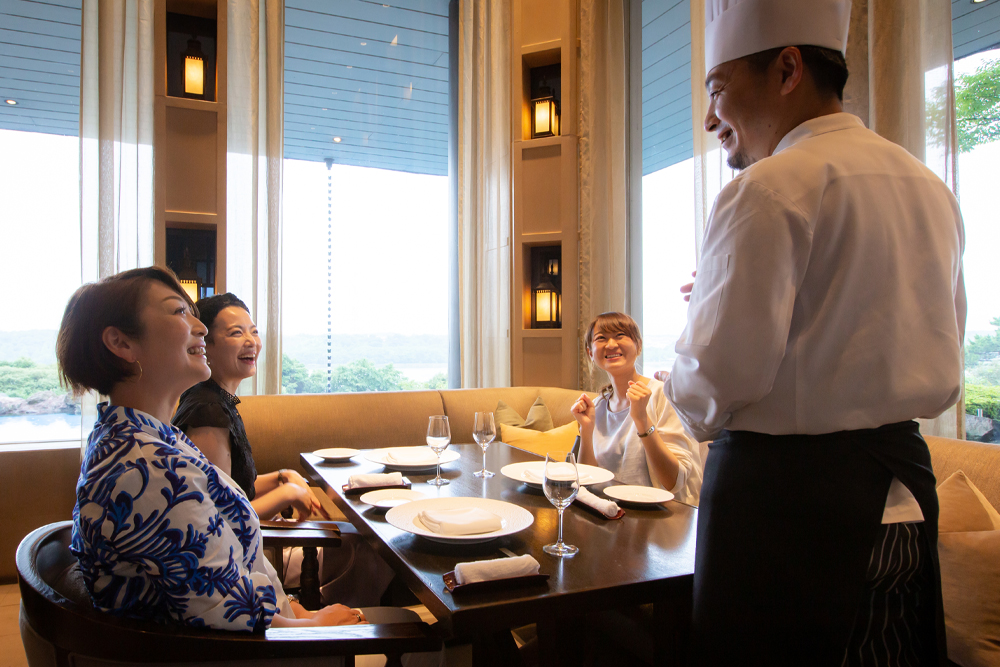

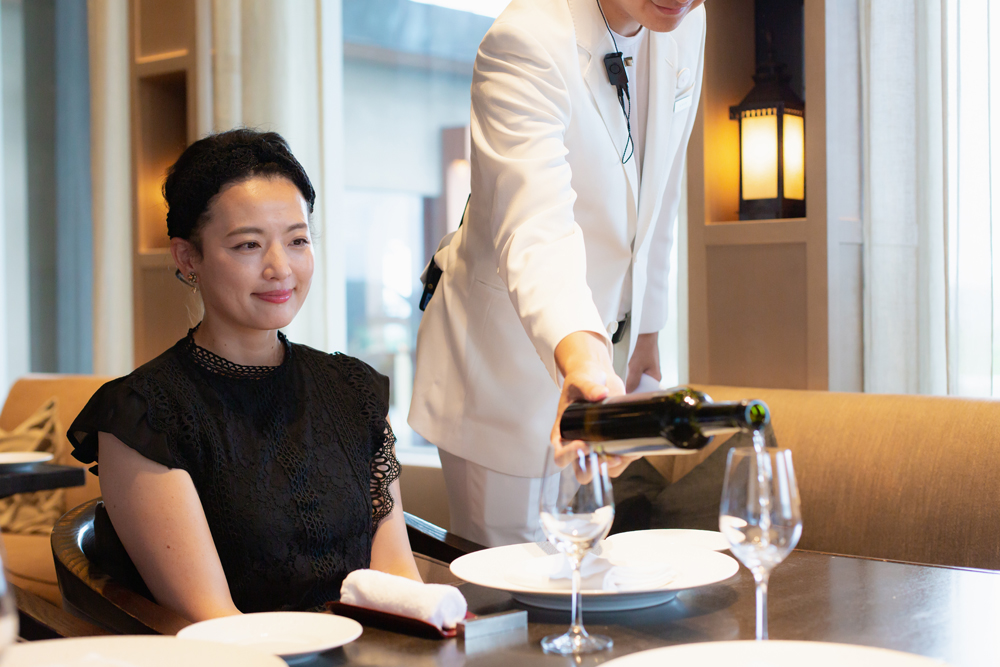
A high-quality space unique to The Oriental Terrace overlooking Lake Sanaru. The colorful dishes that were brought out one after another were complemented by the sake that was served on this day. French cuisine has a culture of marriage, and as the chef says, sake aged in wine barrels goes perfectly with the food. Everyone seemed satisfied with the taste. It was an experience that felt like a whole story, from the treasure chest to the macarons that appeared at the end.
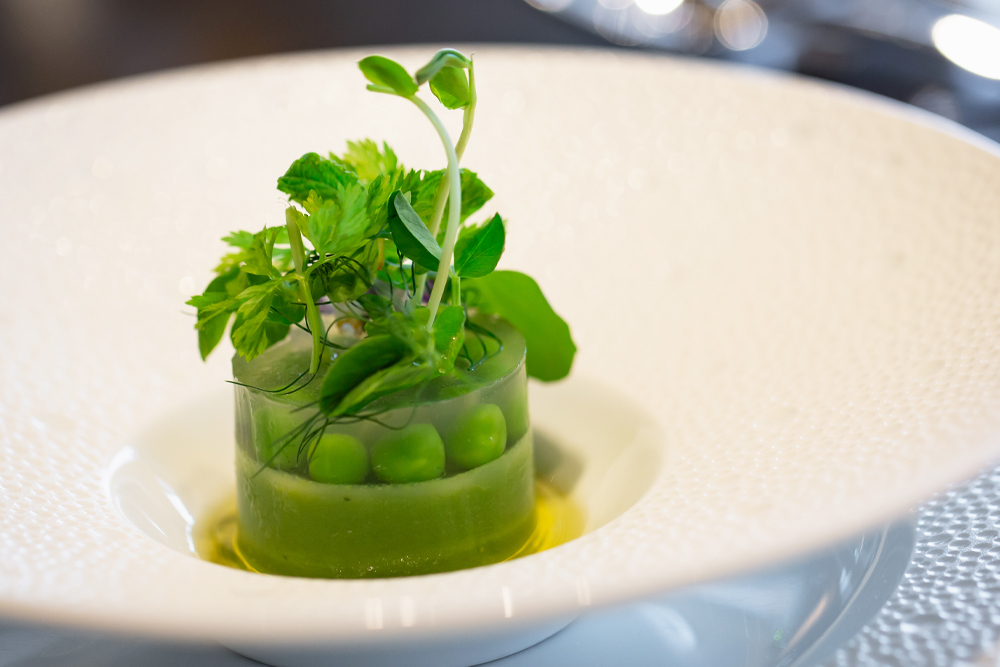
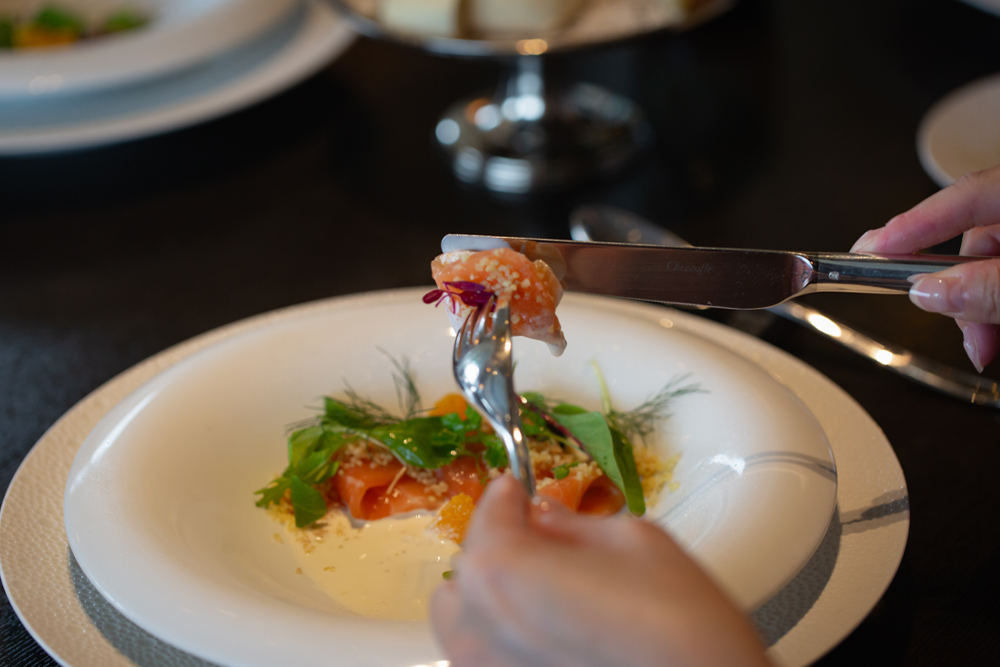
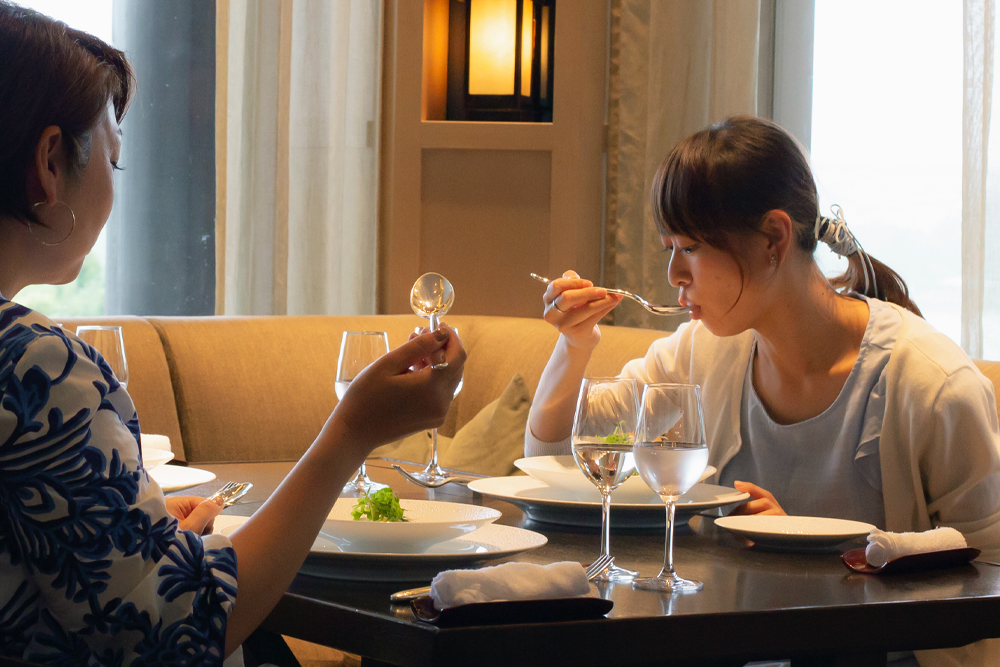
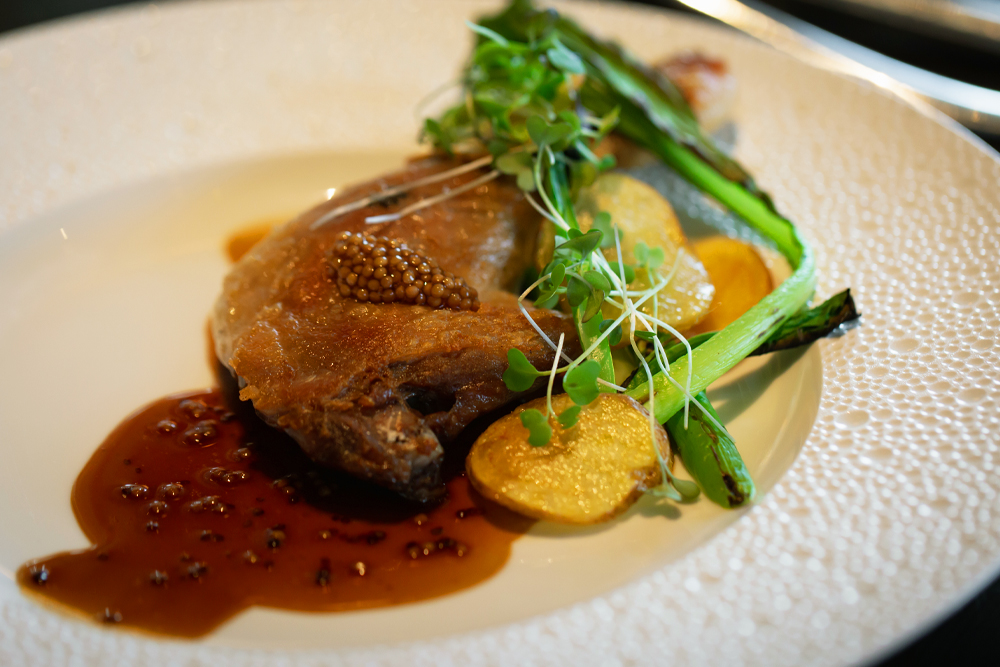
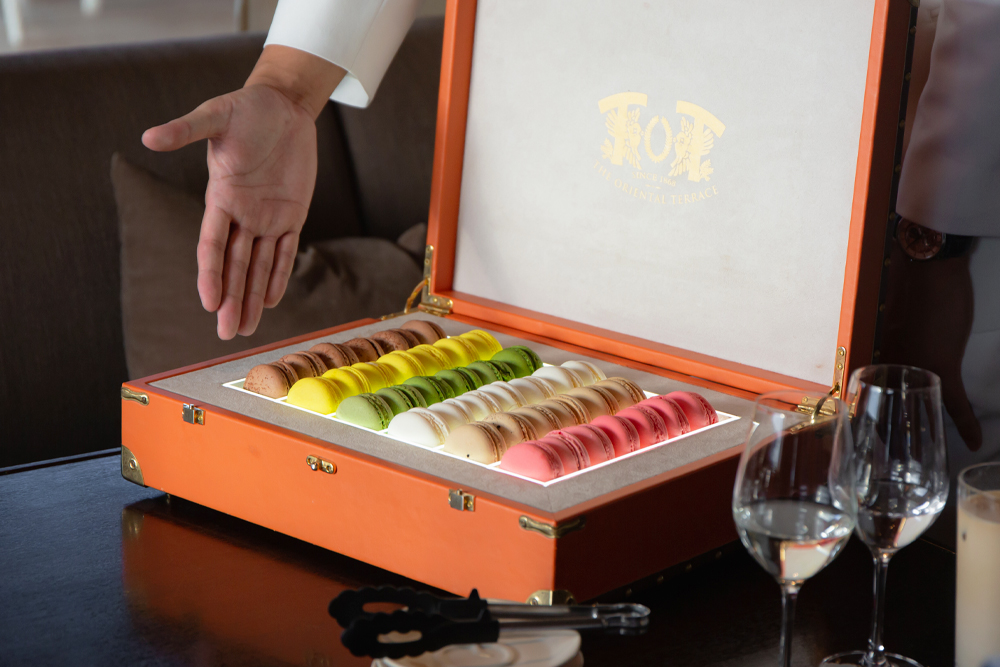
French cuisine continues to evolve with tradition in new Shizuoka sake initiatives. We will continue to keep an eye on new and unprecedented food initiatives.
【menu】
■Amuse Today’s amuse
■H.O.V Tasmanian salmon tabbouleh cheese cream sauce orange scent
■Plat Hungarian duck thigh confit with mustard sauce
■Dessert Rhubarb Vacherin Glacé
■Trunk Go on a happy journey with your trunk
■Petit Four baked goods
■Cafe Café
Includes aperitif, mineral water, and 1 bottle of sake (500ml)
*The menu may change depending on the availability of ingredients on the day.
*Includes 4 specified raw materials: eggs, milk, wheat, and shrimp.
The Oriental Terrace
*Please contact us 4 days before your desired reservation date.
[Business hours] Weekdays: Lunch 11:15-15:00 (L.O. 14:30) Dinner 17:30-22:00 (L.I. 20:00)
Saturdays, Sundays, and holidays: Lunch 11:00-15:00 (L.O. 14:30) Dinner 17:30-22:00 (L.I. 20:00)
[Address] 6-8-30 Sanarudai, Chuo-ku, Hamamatsu City, Shizuoka Prefecture
[Telephone] 053-447-3241
[URL] 「https://www.torizen.co.jp」
